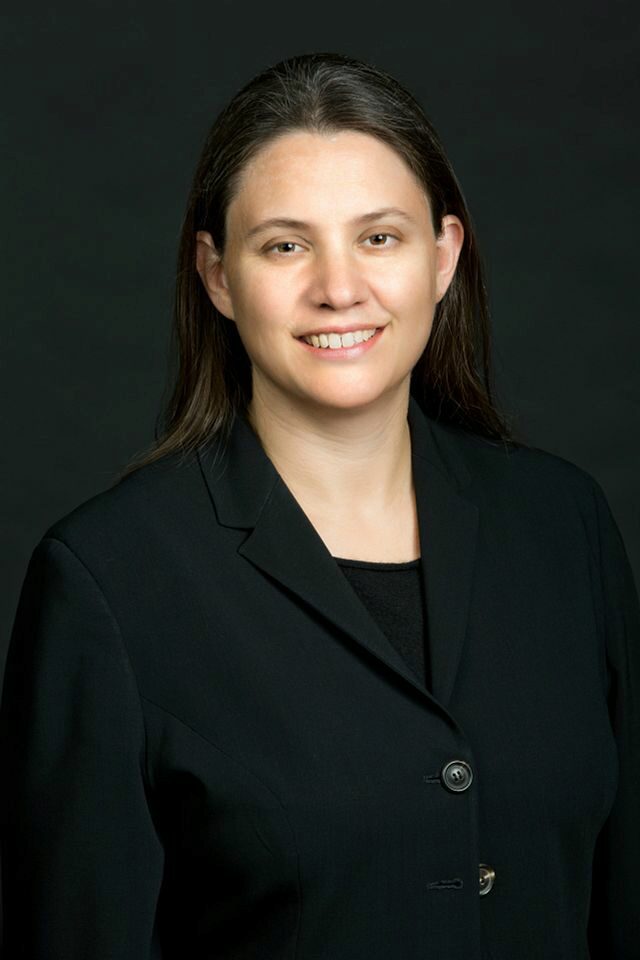On Wednesday, February 15, the Securities and Exchange Commission (SEC) adopted rule changes to shorten the standard settlement cycle for most broker-dealer transactions in securities from two business days after the trade date (T+2) to one (T+1).

The Commission received over 300 comments on the proposal that demonstrated clear support among investors for further shortening of the settlement cycle, said Haoxiang Zhu, Director, Division of Trading and Markets said on the Open Meeting webcast.
The Division believes that the shortening of the settlement cycle from T+2 to T+1 will further promote investor protection, reduce risk and increase operational and capital efficiency, Zhu said.
The Division of Trading and Markets also recommends that the Commission adopts additional amendments to enhance the processing of institutional transactions: by requiring broker dealers to have contracts or policy procedures to achieve same day applications, confirmations and affirmations, and by directly inserting clearing agencies to facilitate straight through processing.
According to Zhu, in coordination with the Division of Investment Management, the Division of Trading and Markets also recommends an amendment to record keeping requirements for investment advisors for allocations, confirmations and affirmations.
“We believe these additional regulatory steps are necessary to improve the processing of institutional transactions,” he said.
Jessica Wachter, Chief Economist and Director of the Division of Economic and Risk Analysis, explained that the settlement cycle spans the time between the execution of the trade and when the buyer delivers cash and the seller delivers the securities.
“This span of time allows, among other things, for centralized netting, which reduces settlement obligations by 98%,” she said.

However, the span of time also allows prices to move, which introduces the risk that a Counterparty may fail to meet its obligations, she added.
“We expect that by shortening the settlement cycle we will reduce the risk to central counterparties because we will reduce the length of time between trade date and settlement,” she said.
Wachter added that there is less time for prices to move in an adverse fashion, and lower counterparty risk.
“Thus we expect reduced margin obligations. This will lower costs for market participants,” she said.
In addition to shortening the standard settlement cycle, the final rules will improve the processing of institutional trades.
Specifically, the final rules will require a broker-dealer to either enter into written agreements or establish, maintain, and enforce written policies and procedures reasonably designed to ensure the completion of allocations, confirmations, and affirmations as soon as technologically practicable and no later than the end of trade date.
The final rules also require registered investment advisers to make and keep records of the allocations, confirmations, and affirmations for certain securities transactions.
Further, the final rules add a new requirement to facilitate straight-through processing, which applies to certain types of clearing agencies that provide central matching services.
The final rules will require central matching service providers to establish, implement, maintain, and enforce new policies and procedures reasonably designed to facilitate straight-through processing and require them to submit an annual report to the Commission that describes and quantifies progress with respect to straight-through processing.
“I support this rulemaking because it will reduce latency, lower risk, and promote efficiency as well as greater liquidity in the markets,” said SEC Chair Gary Gensler.
The adoption addresses one of the four areas the staff recommended the Commission address in response to the meme stock events of 2021, he said. “Taken together, these amendments will make our market plumbing more resilient, timely, orderly, and efficient,” he concluded.






